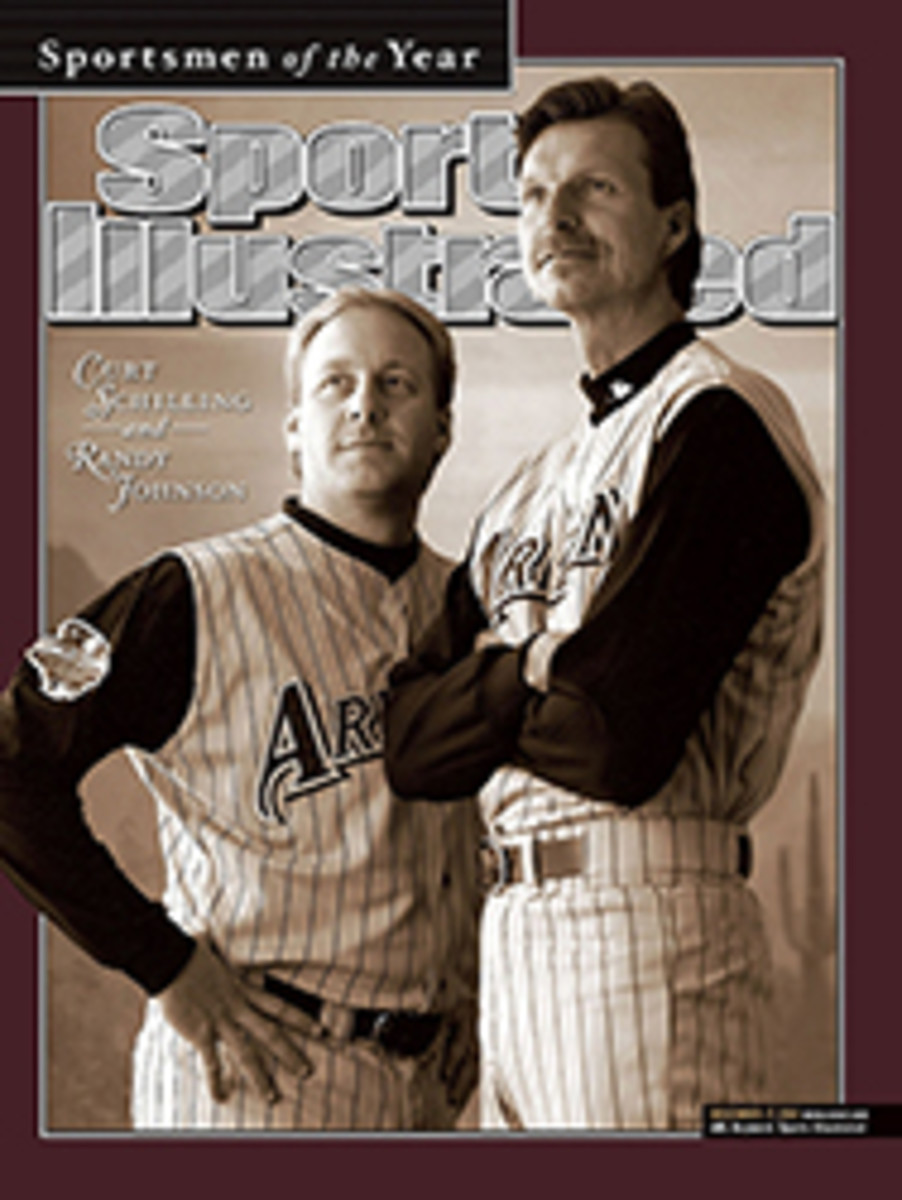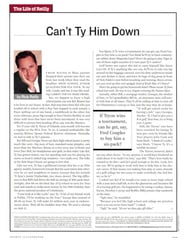
The Village Idiots The U.S. team is still tainted by the cover-up of a Nagano rooms-trashing
General manager Craig Patrick and USA Hockey are scheduled to
meet on Saturday to finalize their choices for the 2002 Olympic
team, a club that, until a more appropriate nickname comes
along, qualifies as a reunion of the Village Idiots. The damage
done to the three Olympic suites in Nagano several hours after
the team was eliminated by the Czech Republic in the
quarterfinals was relatively minor (broken chairs, gouges in a
wall, a discharged fire extinguisher that ended up in a
courtyard five floors below), and the frat boy indiscretions
were apparently limited to three players. However, the 1998
Olympians--a majority of whom will be back for the Salt Lake
City Games, including, in all likelihood, the
culprits--misguidedly embraced the dubious concept of collective
guilt. If one was guilty of loutish behavior, all were.
Fearing lifetime Olympic bans, according to a U.S. hockey
official, they took a vow not to reveal the names of the
miscreants. Almost four years later they have been true to their
word. "It was a black mark but a strong point too," says Brett
Hull, a member of the 1998 squad who has been preselected to
play in Salt Lake City, "having a group that stuck together and
wouldn't narc on the guys."
The players chose this perverse notion of togetherness over the
virtue that has been drilled into them since the first day they
played organized hockey: accountability. The three culprits hid
behind defenseman Chris Chelios, the captain, who caused none of
the damage but who mailed a note of apology and a $3,000 check
from his own pocket to cover repairs. This was supposed to be
the end of the story. In fact the cover-up breathed life into
it, turning a potential four-day tale into a four-year whodunit.
After Nagano, USA Hockey president Walter L. Bush Jr. vowed the
players who caused the damage would not be invited back. But a
hockey official with knowledge of the incident said St. Louis
Blues left wing Keith Tkachuk, who has already been named to the
2002 team, was the central figure in a USA Hockey investigation.
Through a Blues spokesman Tkachuk said that whatever happened
was in the past and as a group the players did what they could
to make it better.
Doug Palazzari, who became USA Hockey's executive director in
June 1999, says he has no direct knowledge of who was involved
in the incident, which speaks either to a half-hearted
investigation (players were sent letters asking to confess) or a
stunning lack of curiosity. "There was a great deal of
overreaction at the time," Palazzari says.
The 23 U.S. players in Nagano, whose punishment was not being
permitted to visit the White House with other Olympians and not
getting the Olympic rings awarded by the U.S. Olympic Committee,
have hung together. Rather than drag down a country's hockey
program, it would have been nice if the few would have been man
enough to hang separately.
COLOR PHOTO: DAVID E. KLUTHO An official with knowledge of the investigation says Tkachuk (17) was the central figure.

